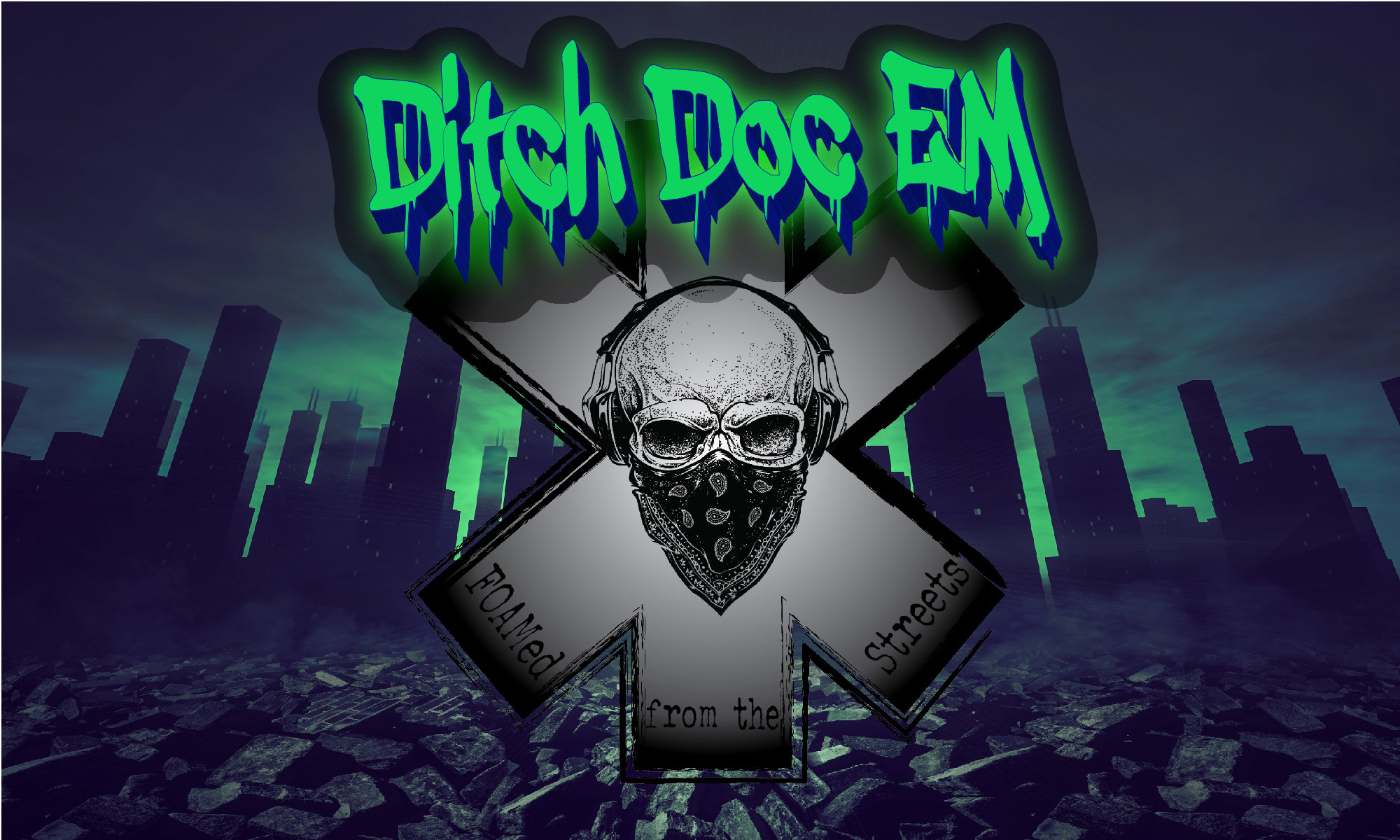Anaphylaxis is a life threatening condition, typically with extremely acute onset. Luckily, the treatment is simple… isn’t it? Here is a quick review to help you make the right decisions when treating this critical condition.
Since it is difficult to define anaphylaxis, we can sum it up as: A severe allergic reaction that will probably cause death if left untreated. The onset can take anywhere from minutes to hours, and the most common causes are:
- Medications
- Foods
- Proteins (such as in blood product transfusions)
- Animal and Insect Venom
- Latex
Symptoms of anaphylaxis include but are not limited to:
- Flushed skin
- Puritis (itching)
- Urticaria (hives)
- Sneezing
- Rhinorrhea (runny nose)
- Nausea
- Gastrointestinal problems
- Dyspnea (shortness of breath)
- Palpitations
- Dizziness
- Feeling of being choked by a Brazilian Jiu-Jitsu black belt.
Signs of Anaphylaxis Include But Are Not Limited To:
- Hypotension*
- Tachycardia
- Urticaria
- Angioedema
- Wheezing
- Stridor
- Cyanosis
- Syncope
*Remember that hypotension in children is identified as a Systolic BP < (70 mmHg + (Age in years x 2))
Treatment:
- If insults to the patients Airway, Breathing, or Circulation are identified intramuscular (IM) epinephrine must be given IMMEDIATELY! DO NOT DELAY THIS INTERVENTION! There are NO contraindications to IM epinephrine in the presence of a life threatening allergic reaction.
- IV fluid bolus
- Histamine 1 antagonist (i.e. diphenhydramine)
- Histamine 2 antagonist (i.e. ranitidine)
- Glucocorticoids* (i.e. methylprednisolone)
- Nebulized Albuterol
*While corticosteroids like methylprednisolone are not particularly fast acting, they may help prevent or decrease the severity of a biphasic reaction, which is basically a re-occurrence of the allergic reaction after the patient has been removed from the source of the reaction, and the initial treatments have worn off.
Key Thoughts
- IF THE PATIENTS AIRWAY, BREATHING, OR CIRCULATION ARE AT RISK OF COMPROMISE–GIVE IM EPINEPHRINE IMMEDIATELY!
- Allergens can be airborn! Simply microwaving a bag of popcorn in the same room as a person who is allergic to corn may initiate a reaction.
- Don’t forget about latex.
- Epinephrine auto-injectors are not affordable for many patients, and they may not have one, even if they know they need one.
- Patients who do have epinephrine auto-injectors may be too frightened to self-administer. Lay persons may also be uncomfortable doing this, or may improperly administer.
- If a patient is taking beta-blockers, they may not respond appropriately to treatment with epinephrine. In this case, consider administration of glucagon 3.5-5 mg IV (similar to treatment of beta-blocker overdose).
- Keep a close eye on the patients airway and be prepared to intubate or perform surgical cricothyrotomy.
- Treat anaphylaxis aggressively!
Thanks for reading! If you haven’t done so already, please take a few moments to follow my blog via e-mail, Facebook, or Twitter. Please share this article with your friends and colleagues as well. As always be sure to follow your local protocols.
-Owen
References
Lin M. Paucis Verbis: Anaphylaxis. ALiEM. 2016 [accessed 2016 Dec 27]. https://www.aliem.com/2012/paucis-verbis-anaphylaxis/
Mustafa S. Anaphylaxis. Anaphylaxis: Practice Essentials, Background, Pathophysiology. [accessed 2016 Dec 27]. http://emedicine.medscape.com/article/135065-overview



My understanding of the mechanism by which Glucagon functions in the setting of beta-blocker overdose is its stimulation of cyclic-AMP, which positively affects chronotropy and inotropy. I was not aware that Glucagon had much, or any, impact on beta sites in the vasculature or pulmonary tree, which means it wouldn’t help out much with the vascular dilation or the bronchoconstrictive processes in play from anaphylaxis. I’m interested in your thoughts.
Hi Landon,
I should start by saying that my knowledge of glucagon action at the molecular level is elementary at best. That being said, I agree with you in that I don’t believe glucagon has any effect on beta sites. I understand that glucagon causes activation of the enzyme adenylyl cyclase (AC). AC catalyzes the conversion of adenosine triphosphate (ATP) to cyclic adenosine monophosphate (cAMP). cAMP increases cardiac inotropy and chronotropy on its own, even in the absence of catecholamines. So, pretty much what you already said. I do remember hearing something about glucagon possibly decreasing free histamine, and may be effective in allergic angina, but I would need to dig a bit to find where I saw that. Even if this is true, I don’t know if it would make enough of a difference to decrease bronchoconstriction. I will conduct more of a search this week, and if I find anything on this, I will let you know. Thanks for commenting!
-Owen
Groovy. I would be very interested in reviewing any research you find, considering that, as you stated in your article, anaphylaxis in combination with beta blockers is something that could be both confusing and challenging in the field. Thanks for addressing it, good article!